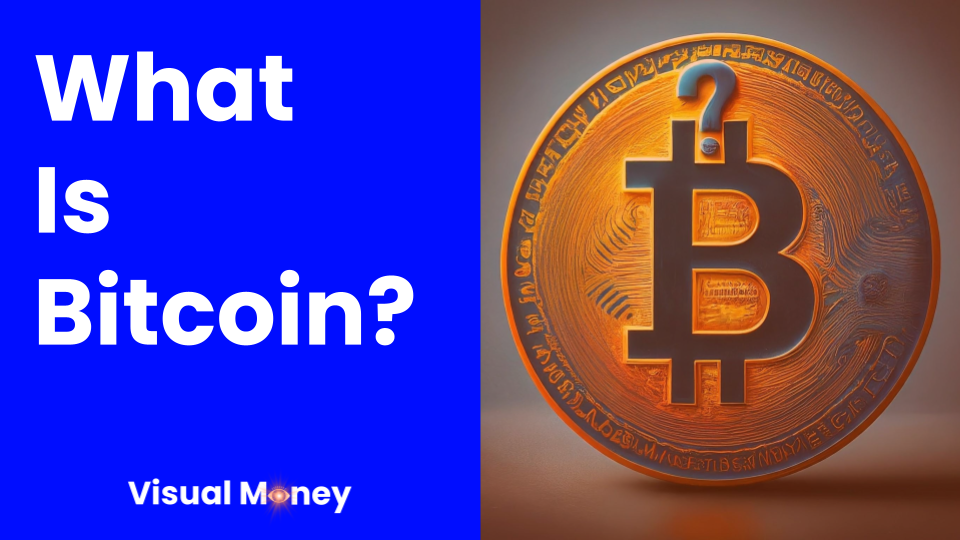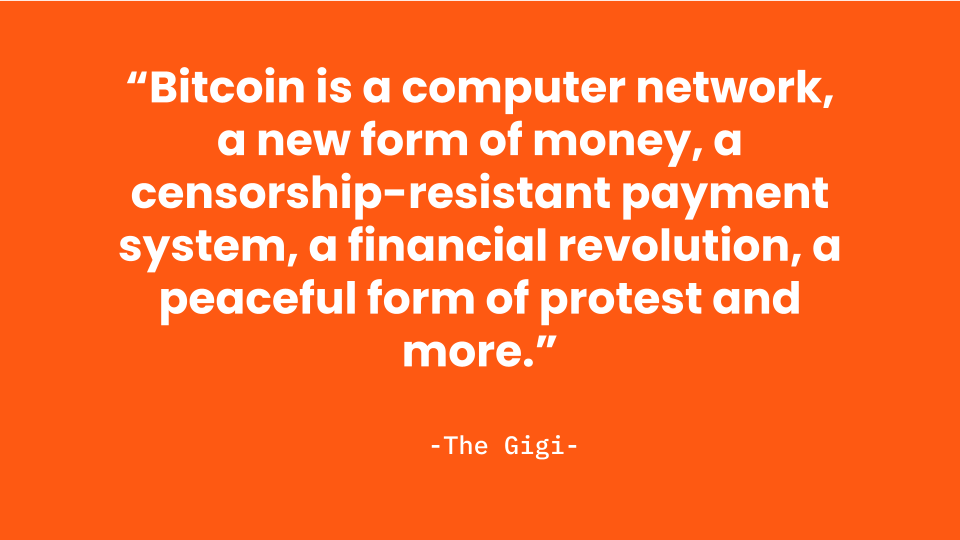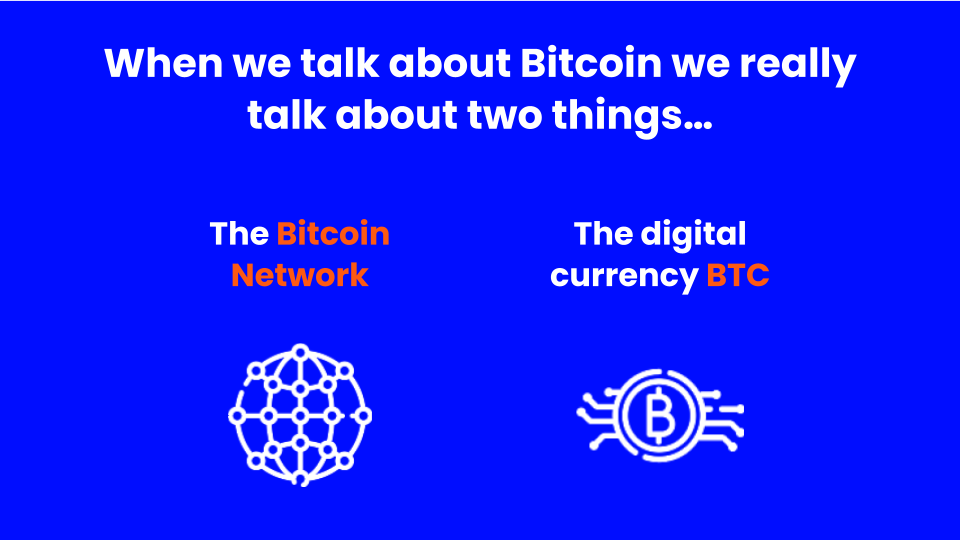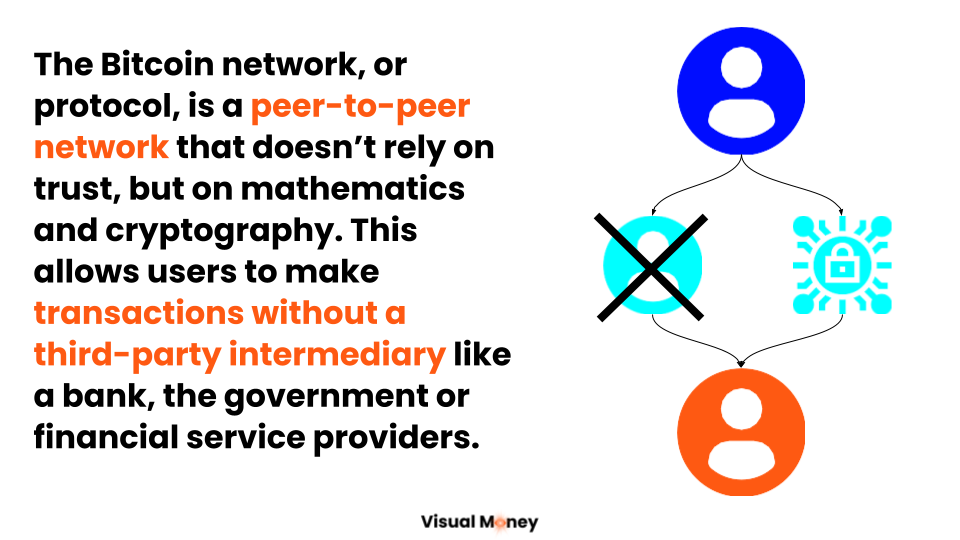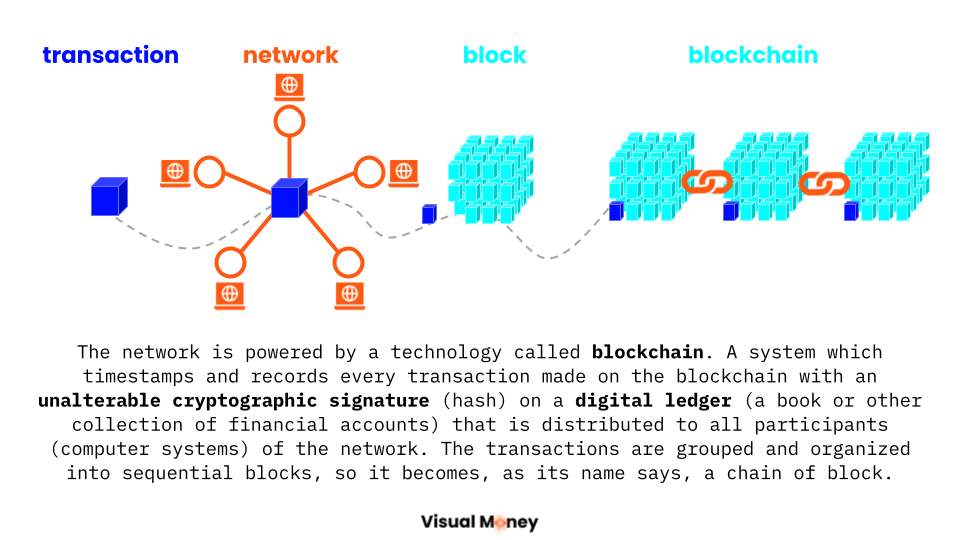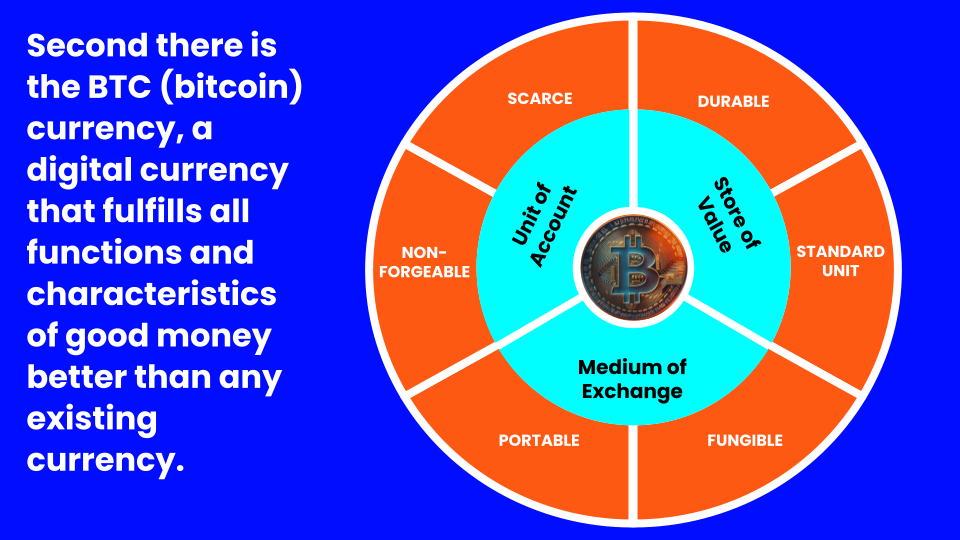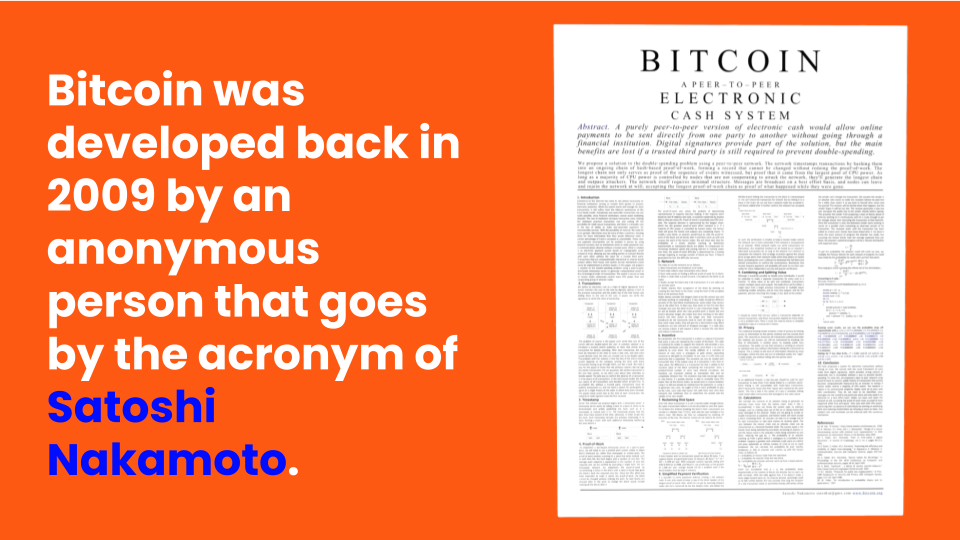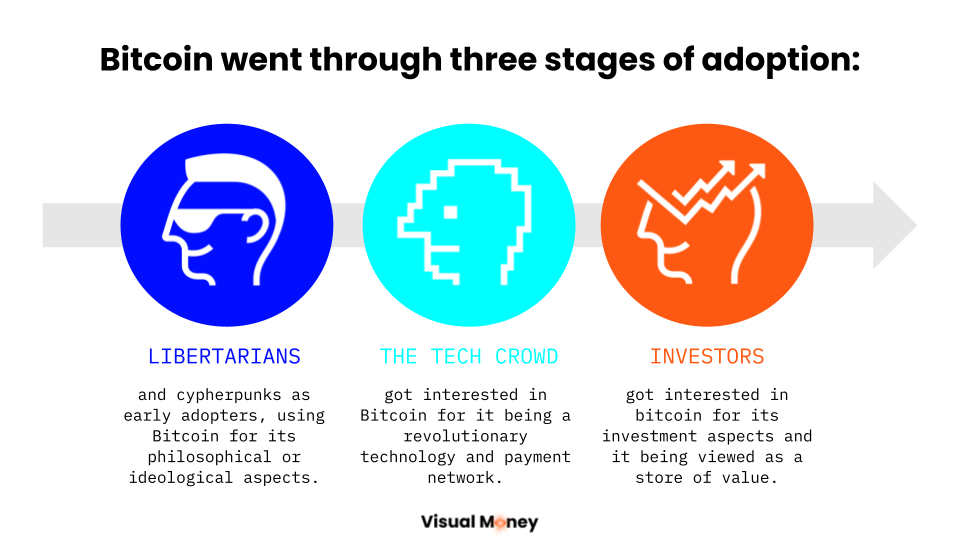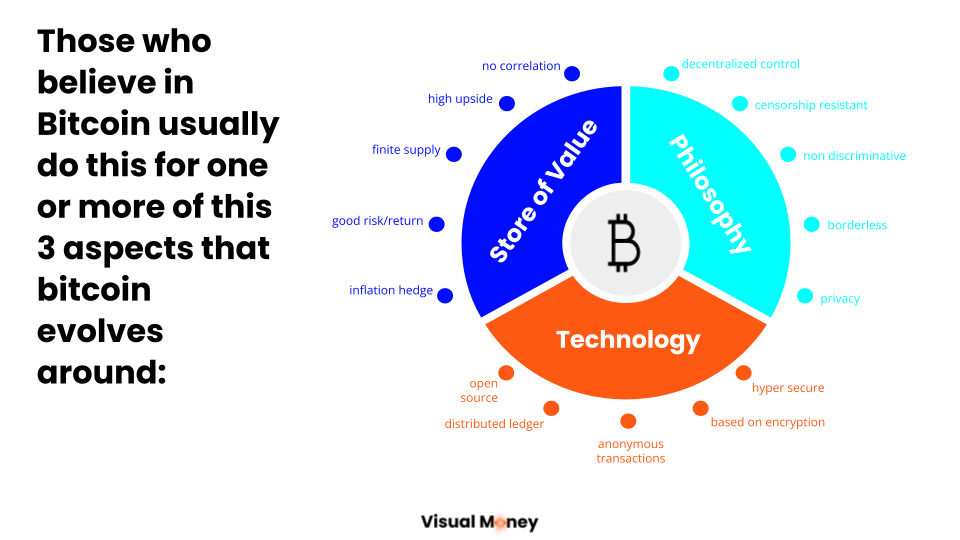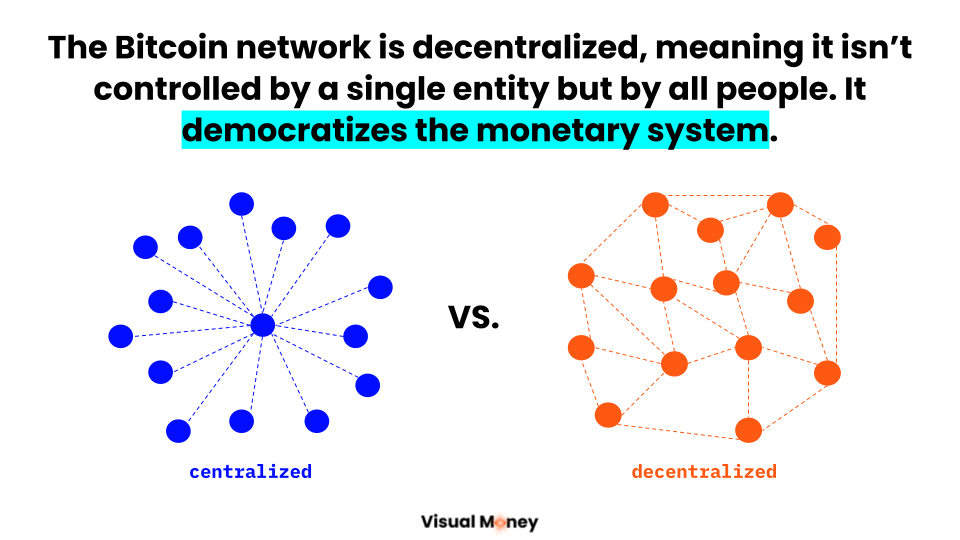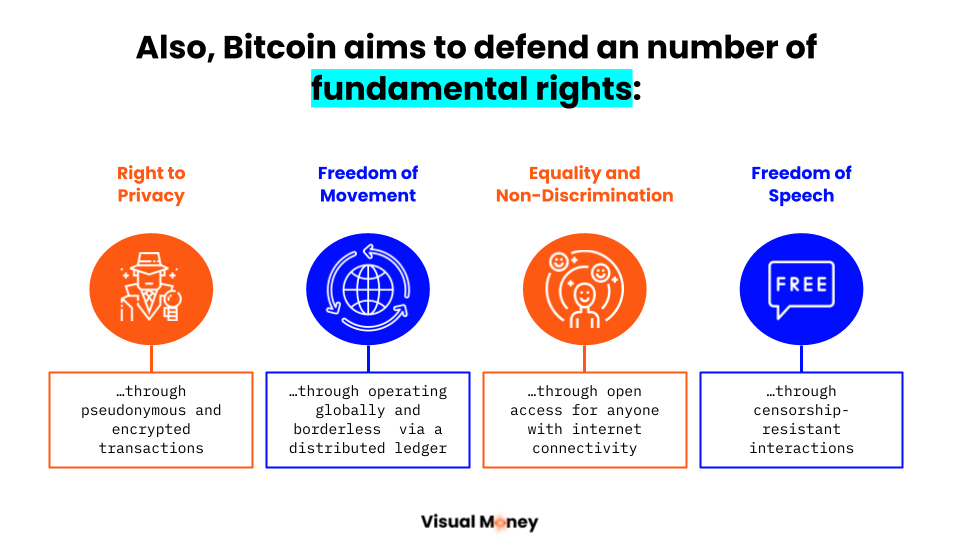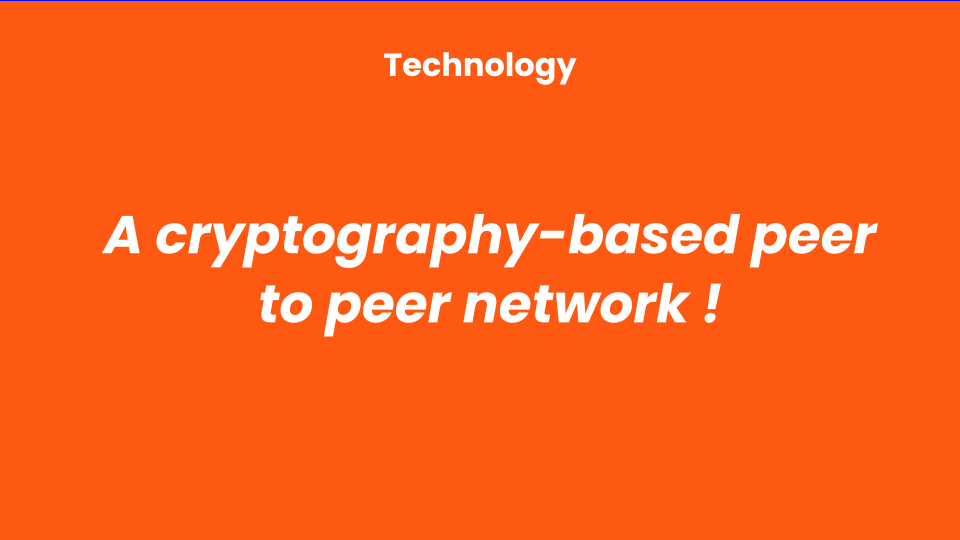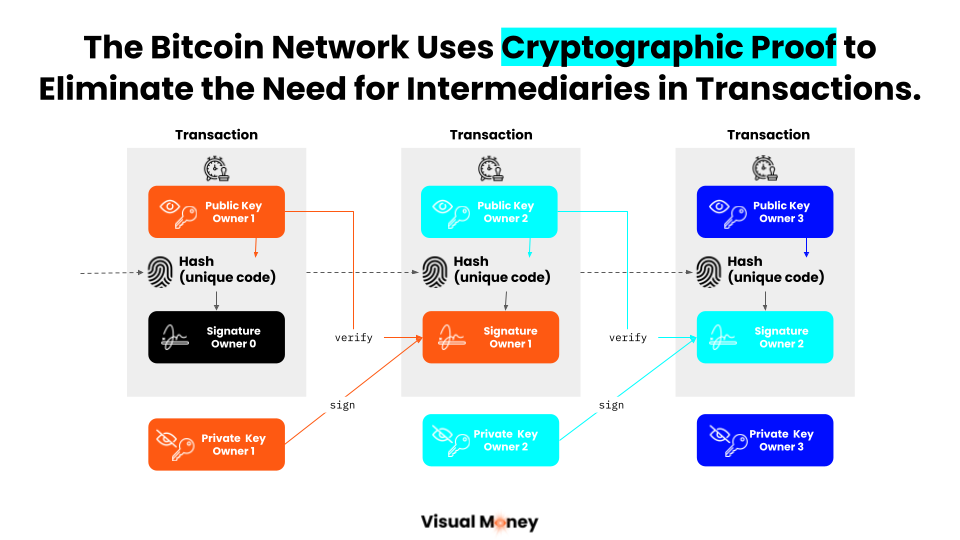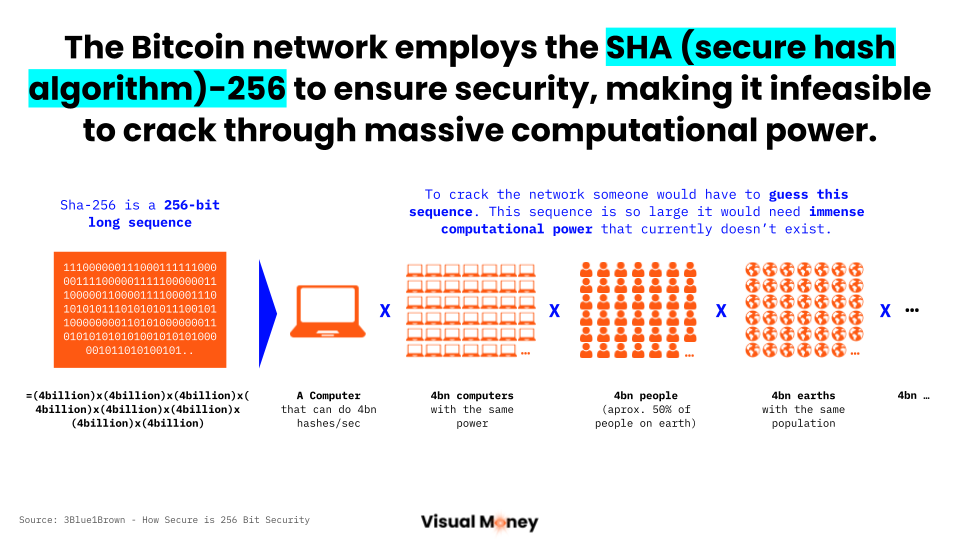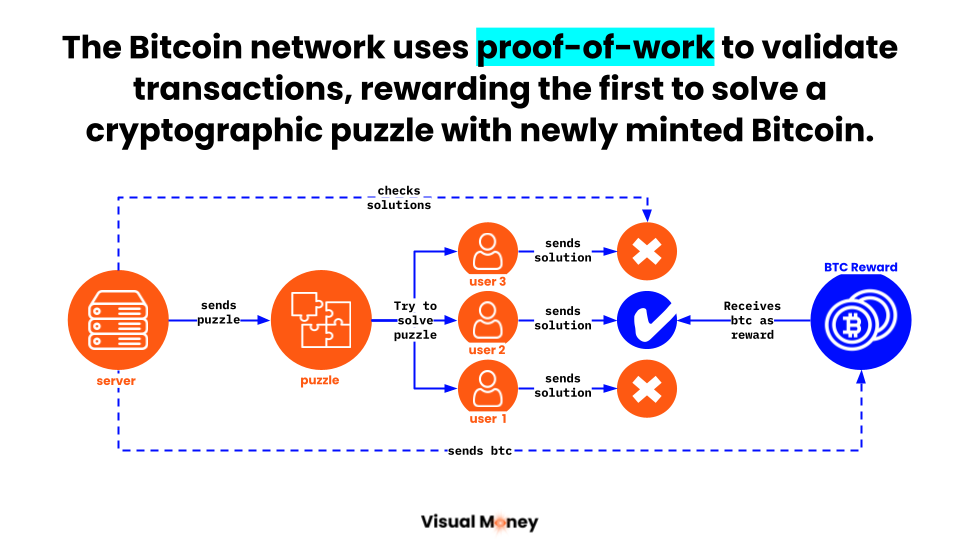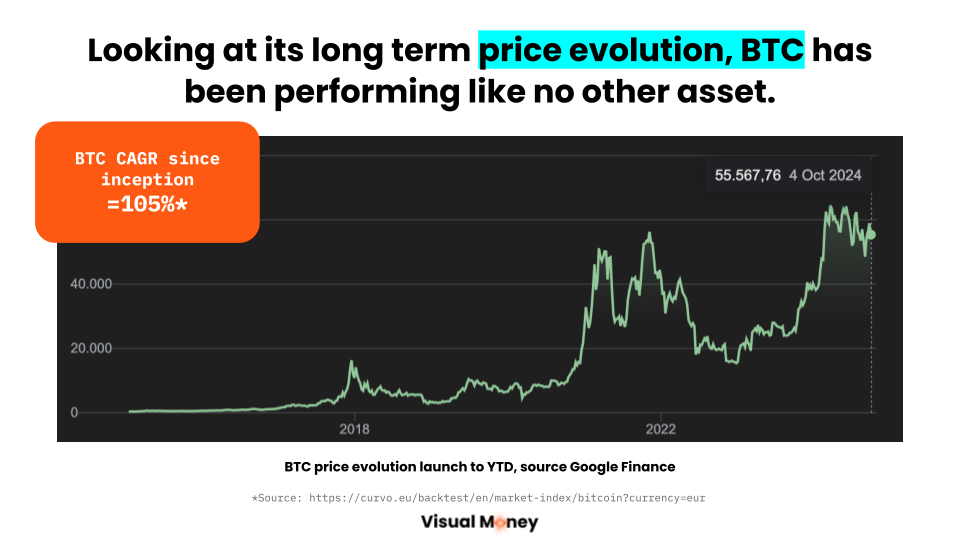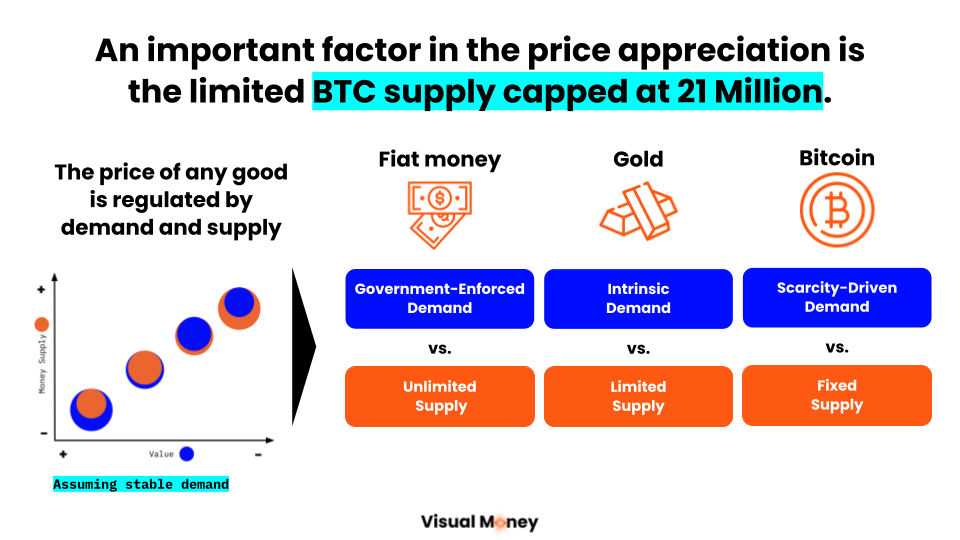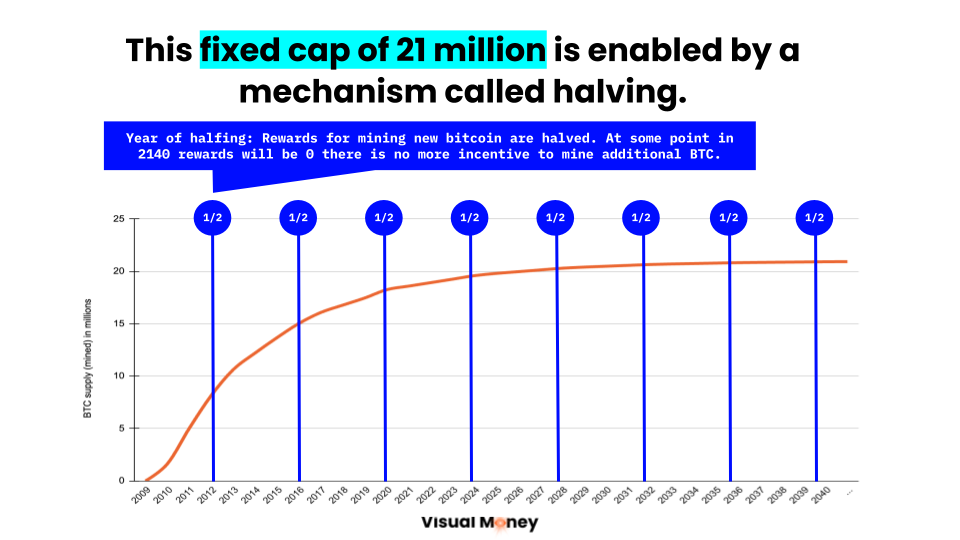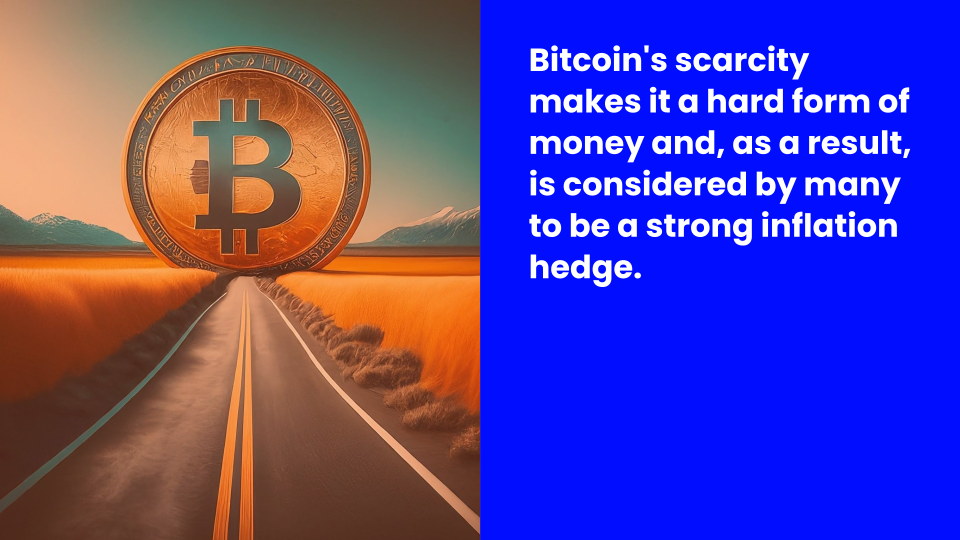
Bitcoin is so much more than a crypto coin. Bitcoin is a revolutionary technology that can reinvent our monetary system. As Gigi, author of 21 Lessons defines it: “Bitcoin is a computer network, a new form of money, a censorship-resistant payment system, a financial revolution, a peaceful form of protest and more.”
What are the two components of Bitcoin?
When we talk about Bitcoin we really talk about two things. First, there is the Bitcoin network, a protocol that doesn’t rely on trust but on mathematics and cryptography. This protocol is a peer-to-peer payment network (or system) that allows users to make transactions without a third-party intermediary like a bank, the government or financial service providers. The network is powered by a technology called blockchain. A system which timestamps and records every transaction made on the blockchain with an unalterable cryptographic signature (hash) on a digital ledger (a book or other collection of financial accounts) that is distributed to all participants (computer systems) of the network. The transactions are grouped and organized into sequential blocks, so it becomes, as its name says, a chain of block.
Second there is the BTC (bitcoin) currency, a digital currency that fulfills all functions and characteristics of good money better than any existing currency.
The stages of Bitcoin adoption.
Bitcoin was developed back in 2009 by an anonymous person that goes by the acronym of Satoshi Nakamoto. Since then, Bitcoin went through different adoption phases.
In its very early stages, it was first adopted by libertarians, cypherpunks and used to buy and sell substances and other illegal stuff on the online black market.1 We could say, that this group of early adopters, believed and started using Bitcoin for its philosophical or ideological aspects or well for its proprietaries as an anonymous medium of exchanges.
Then the tech crowd at silicon valley and elsewhere in the world got interested in Bitcoin for it being a revolutionary technology and payment network that didn’t exist before and it’s potential to change the way we do transactions. This provoked a wave of alternative crypto coins and projects build on the same type of blockchain technology.
In a third stage investors began getting interested in bitcoin for its investment aspects and it being viewed as a store of value or asset to make fast money. It started with early retail speculators and institution. Amongst them is for example Michael Sailor with his company Microstrategy which was one of the first companies to incorporate BTC in their Balance Sheet as an inflation hedge (to protect their money against inflation) as well as the first funds starting to incorporate BTC as an asset into their portfolio. It became (and will become) a more and more common assets to own and later retail investors, institutions and funds dared buying and trading bitcoin.
Finally, nation states might will start accepting and adopting BTC as a means of exchange. In some countries this is already beginning to happen. El Salvador for example is the first country to accept BTC as legal tender.
The Core Aspects Driving Belief in Bitcoin
So, from what I’ve learned those who believe in Bitcoin usually do this for one or more of this 3 aspects that bitcoin evolves around:
Ideological aspect:
Bitcoin is a revolution! Bitcoin isn’t controlled by any specific entity, not a single government, company, or person—it operates through a decentralized network of users. It seeks to democratize the monetary system by reducing reliance on centralized authorities like governments.
Privacy is a fundamental right that Bitcoin aims to defend through pseudonymous and encrypted transactions.
Bitcoin operates globally and is borderless. Its distributed ledger (the record of ownership) is decentralized, transactions are validated across the network, and it is mined worldwide. It transcends national boundaries, allowing for near-instantaneous transfers.
Bitcoin doesn’t discriminate, it is accessible to anyone. Anyone with internet access can learn about it, mine it, or invest in it.
Bitcoin is resistant to censorship. “A Bitcoin transaction is essentially a form of text; in free societies, where free speech is a fundamental right, Bitcoin transactions can be seen as a form of speech, making them difficult to prohibit or stop.” (Gigi)
Technological aspect
The blockchain technology used by the Bitcoin network is a revolutionary technology and, just like other networks before it, such as electricity networks, telecommunication networks, and well the good ol’ internet, is likely to become a crucial part of our lives, society, businesses, and the economy.
It is a peer-to-peer network that allows transactions taking place without a third trusted intermediary, a network where mathematics and cryptographic proof replace the need to trust in human reliability and accuracy.
It decentralizes the problem of trust by requiring a network of nodes (computers run by sovereign individuals globally) to validate each transaction. A transaction is only validated and added to the blockchain (the ledger) if the network reaches consensus, meaning a majority of nodes independently agree that the transaction is valid. All transactions are public and visible to everyone on the blockchain, making tampering extremely difficult.
The Bitcoin network offers strong privacy through pseudonymous transactions, which are encrypted and publicly visible on the ledger, allowing for a balance between transparency and security.
The Bitcoin network prioritizes security over fast transactions. It is secured by the SHA-256 hash function, which generates a 256-bit long sequence, so large that it would require an enormous amount of computing power to crack. To get an idea of how large this number is and how difficult it would be to break, check out the video by 3Blue1Brown on YouTube (https://www.youtube.com/watch?v=S9JGmA5_unY), where the concept is explained in much greater detail.
The Bitcoin network is open-source, meaning anyone can independently audit its source code to verify its security. However, to make a change to the network, the majority of the network would have to agree on the change, making unauthorized modifications or hacks extremely unlikely.
The Bitcoin network uses the proof-of-work mechanism, which, in short, means that to validate a transaction, members of the blockchain network must use computational power (work) to solve a cryptographic puzzle. The first to solve the puzzle is rewarded with newly minted Bitcoin.
Investment aspect
Bitcoin is considered by many to be a potential hedge against inflation, as it is one of the hardest forms of money currently available. As its adoption grows, it has also become an increasingly interesting investment asset due to its notable risk-return profile. While returns have shown an asymmetric pattern, historical value trends (and its Sharpe ratio) suggest that Bitcoin has outperformed many other assets over time. Although there have been fluctuations, the general trend has been upward, and some view the long-term risk of loss as relatively low if Bitcoin is held as a store of value. On the other hand, potential value appreciation has been projected by some to be substantial, with predictions ranging from 10x to 100x over the next decade, driven by its algorithm that continues to reduce new supply.
Bitcoin’s scarcity is one of its defining features, with a capped supply of 21 million BTC, which makes it one of the rarest digital assets and potentially a strong hedge against inflation. While commodities like gold are scarce and difficult to extract, Bitcoin’s supply is strictly finite, with a cap that cannot be exceeded. This finite supply is assured by its underlying protocol, which reduces the rate of new bitcoin creation through a process called halving. During the halving, the reward for mining new blocks is cut in half, which effectively decreases the rate at which new bitcoins are generated approximately every four years, ensuring that the total supply will never exceed 21 million BTC, as at some point the rewards will be 0. There will be no more incentive to mine new BTCs, as the cost of producing a new BTC will be higher than the reward.
Bitcoin also has limited correlation to other asset classes, such as commodities, the stock market, or real estate. As a distinct asset class, Bitcoin tends to be less impacted by fluctuations in traditional markets. For example, during periods of stock market volatility, Bitcoin has sometimes moved independently, though it is of course not entirely immune to broader economic downturns.
Sources of Inspiration:
- 3Blue1Brown – https://www.youtube.com/watch?v=S9JGmA5_unY&t=4s
- 21 Lessons – Der Gigi
- The Bitcoin Whitepaper – https://bitcoin.org/bitcoin.pdf

